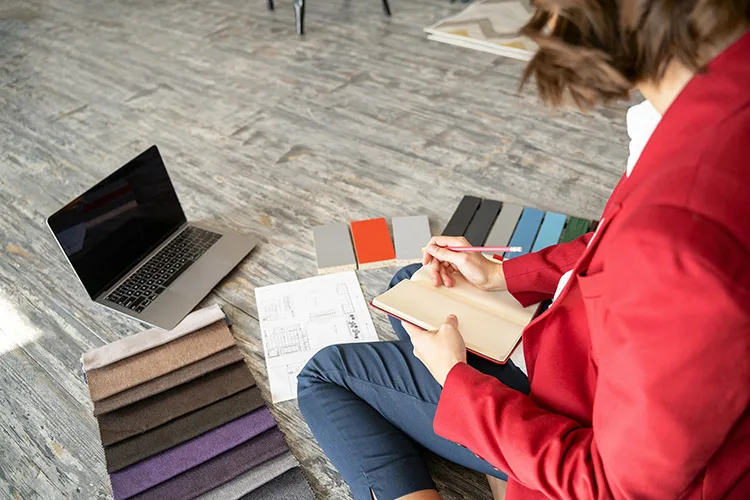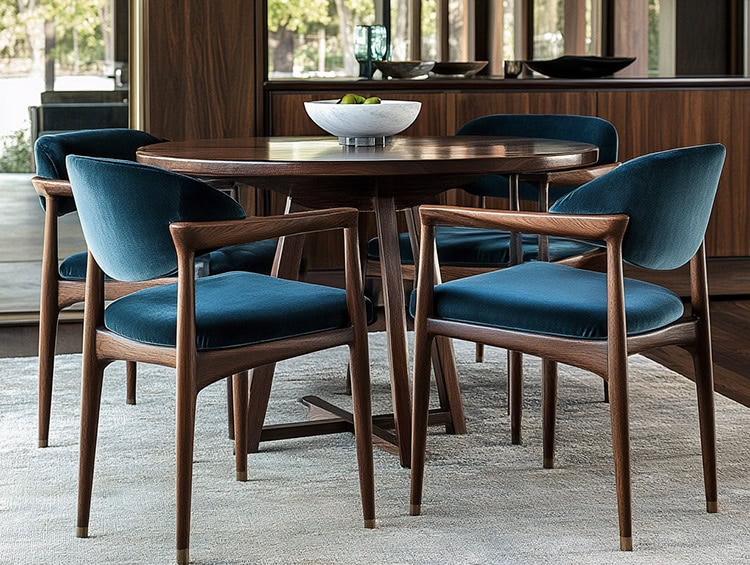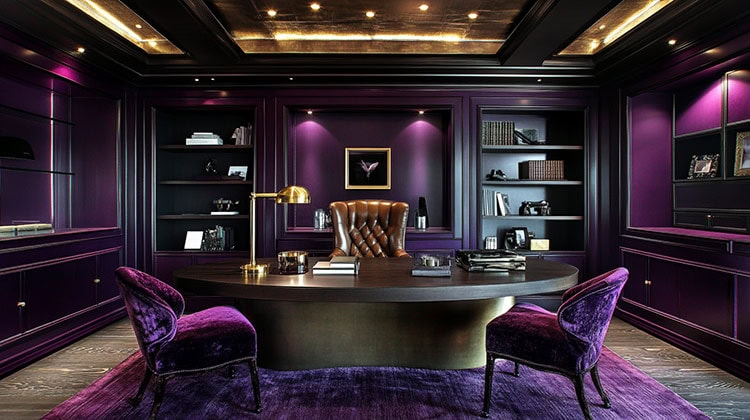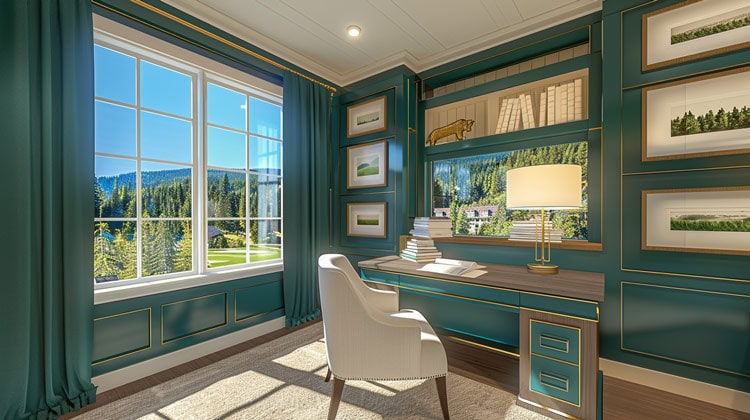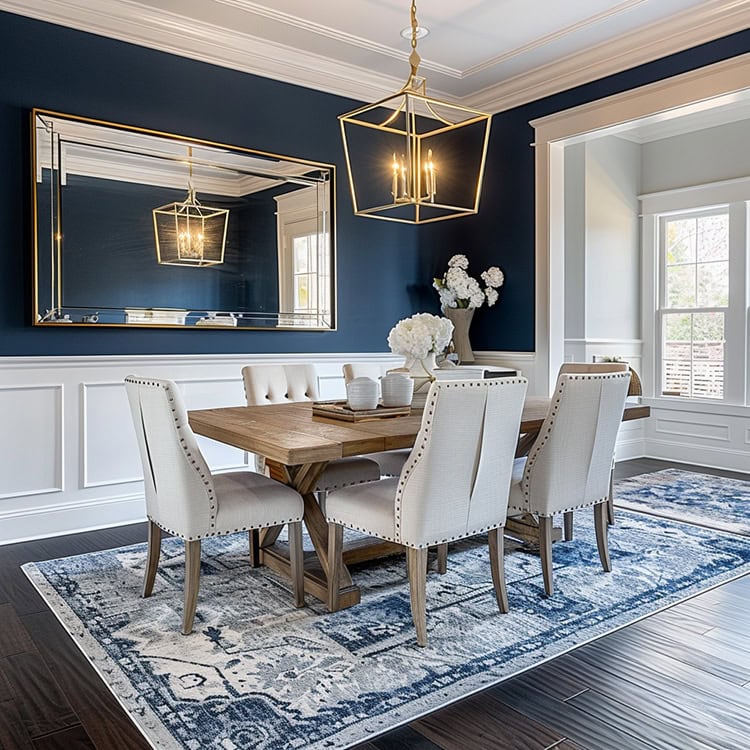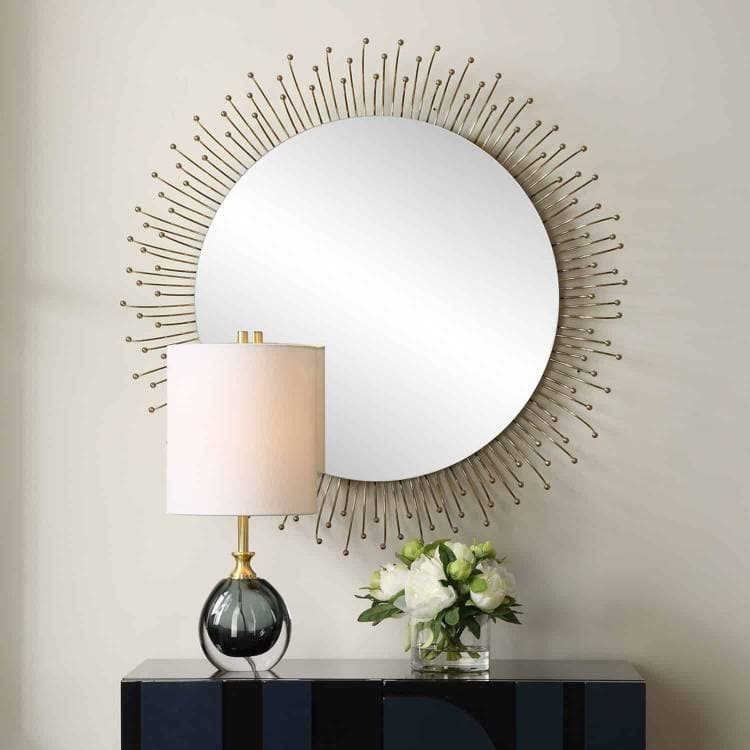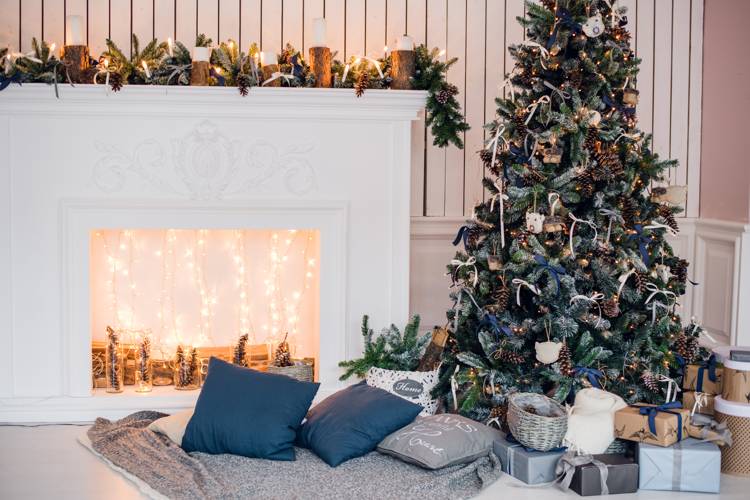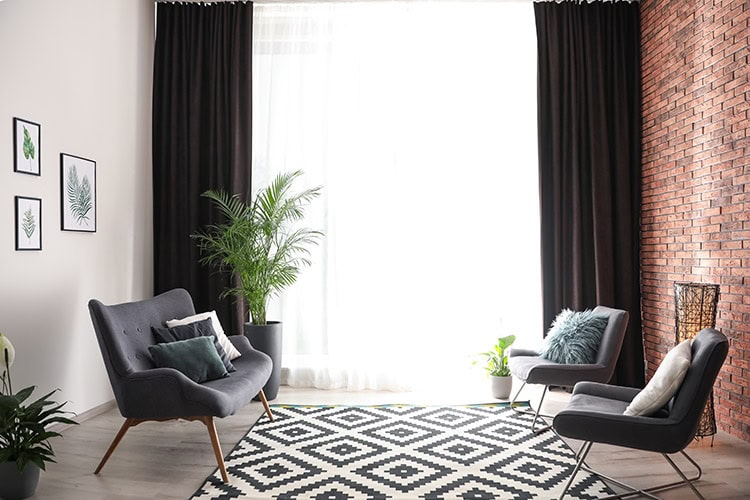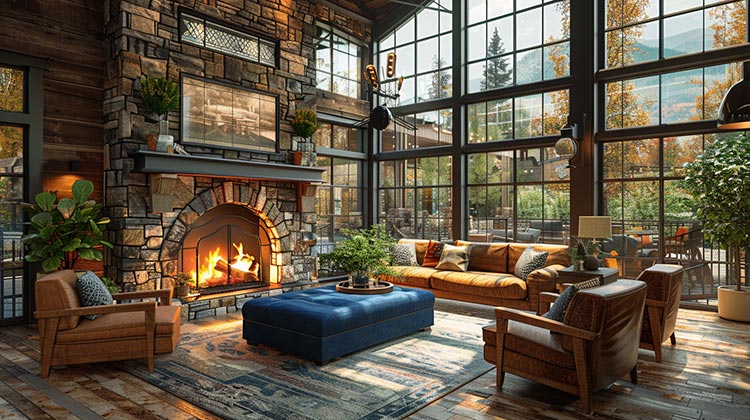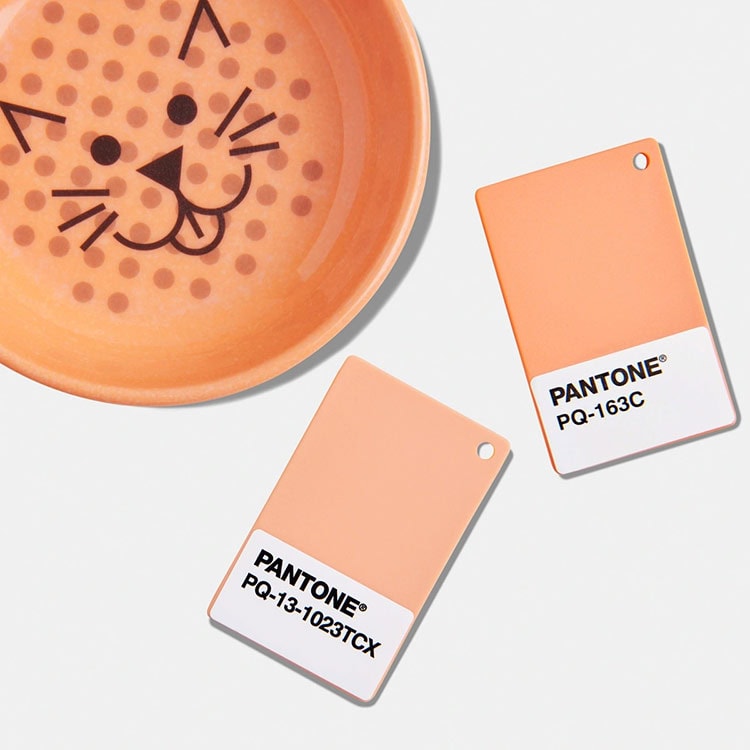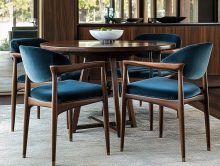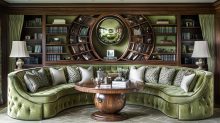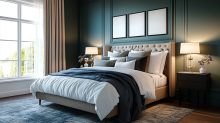Sometimes a home makeover extends beyond our abilities. This is when calling in a professional can help. But did you know that interior designers and interior decorators aren’t one and the same?
Wait— you mean there really is a difference between the two?
Yes! While these two terms often get tossed around interchangeably, there are actually some pretty major distinctions that set them apart from one another. Knowing what those differences are and how they coincide with what you need can help you determine which type of interior professional will meet your needs.
Interior Designer vs. Interior Decorator
What is an interior designer?
An interior designer is a professional that is often involved from the earliest of stages. In many cases, designers work with the architect or contractor, extending their expertise well past the aesthetics of the room. He or she will take everything–structure, lighting, the purpose of space, etc.–into account, guiding you through the entire process start to finish.
Because they are able to be involved in the planning and renovation of spaces to enhance function, designers are required to have a license, formal training, and specific schooling before working. Additionally, interior designers often have working relationships with vendors who carry products you won’t typically see at the store. Not only can you get more unique pieces for your home, but you’ll also often benefit from the discounts interior designs receive when purchasing for clients.
Simply put, if you are building or remodeling a home, then what you want is an interior designer.
What it’ll cost you: An interior designer’s fees can be project based or hourly (or somewhere in between). It’s often not a small amount, but you’ll get what you pay for if you vet them well and hire the right person for your space. As you crunch the numbers, remember to factor in those discounts you’ll receive on furnishings. That alone can really help make the overall cost much easier to swallow.
What is an interior decorator?
An interior decorator typically deals only with aesthetics. Their talents involve sprucing updated or bare spaces. A decorator can help clients settle on a design style, choose color schemes, and pick textures, fabrics, and furnishings that will make the space complete. Because they don’t dabble in anything structural, no official training is required before practicing, however, frequently they do have a degree in the field, but don’t be surprised if you run across someone with great references without the formal education side or that holds a certification in lieu of a BA.
With that said, it is important that an interior decorator has an excellent eye for assessing what is best for the interior of a home. And, they often have an “in” with certain vendors like an interior designer does, so interior decorators have no problems shopping with clients, so they can be part of the process and snag some discounts while you are at it.
If you aren’t building or remodeling a home, but rather updating the look of the existing interior, then what you want is an interior decorator.
What it’ll cost you: If it’s your first time hiring one, Interior decorators can be pricey, but in most cases, they cost less than interior designers. You can expect to pay a bit less in comparison, but that is mostly due to the structural component, however, depending on the extent of their involvement in your home, it’s hard to say.
Important Things to Know
What you need for your home will determine whether you need a designer or a decorator. Whichever one you choose, it’s important to keep these 4 things in mind:
1. Some can work with you even if you aren’t local.
In today’s day and age, lots of work can take place without having to live in the same area. If you’ve found a professional you love, ask them if they have additional offices or if they’re willing to travel. You’d be surprised how many could still take the job.
2. They can (and will) work within your budget, if you both have agreed to work together.
Designers and decorators can pull together an entire home or a single room, so reach out and tell them what you want and how much you can spend. Keep in mind that professionals are top of the line, so it’s imperative that you are upfront with how much money they have to work with. Being open from the get-go allows them to structure their ideas in a way that will respect your budget.
3. Communication is important.
You have to remember that you are the client, so if you aren’t too keen on the professional’s ideas, say so before it’s too late. It’s their job to reflect your style within the space, so if it doesn’t fit who you are, it’s OK to say no. If you already have some ideas in mind, speak up and let them know. Oftentimes, professionals enjoy hearing what a client really loves because it makes the ultimate goal much clearer.
4. Creative work takes time and doesn’t always make the bill.
Creative ideas don’t necessarily come instantly. Pulling together a great design takes time, and can often be unpredictable, so being patient is appreciated. Furthermore, creative professionals spend extra hours doing things such as researching the latest trends, attending training workshops, and writing for social media to pull in clients. Many professionals also handle their own books, billing, and scheduling. These are all things that don’t get charged to the client.
What You Can Do Before You Hire a Professional
It isn’t always easy to work with an interior decorator or interior designer— and it may take you a little while to push through the anxiety that can come along with the process. To make it all go a bit smoother, there are some things you can do before you even enlist professional help.
1. Determine your style
If you don’t have a handle on your style, it will be incredibly difficult for the interior designer or decorator to do their job. Determining a style can be challenging but it’s necessary— and easier than you may think. Simply focus on things you like, figure out what characteristics they have in common, and then give the overall look a name (e.g. urban glam, industrial chic, modern rustic). Even broader terms like traditional, contemporary, or transitional can be incredibly helpful. Without this basic information, the professional will be forced to spend time, as well as your money, trying to narrow down the style for you.
2. Know your budget
Making your home beautiful can be fun— but without a hard dollar amount set in place, all that fun can be incredibly expensive. Remember, all of this comes at a price and not everyone has an unlimited cash flow. To keep things from getting out of hand, a realistic budget needs to be set. As mentioned earlier, how decorators and designers charge clients varies. Before hiring someone, be sure that you fully understand their specific payment structure so you know exactly what you’re paying for.
3. Create a vision board
A vision board (or book) is a great way to give your decorator or designer a clear picture of what you like. Your vision board could be a physical collection of items such as magazine tear-outs, photographs, fabric swatches, paint chips, and wallpaper samples. Or, it could be done online through a social media platform like Pinterest. However you go about it, just make sure you cover as many bases as you can, such as colors, patterns, textures, types of furniture, furniture arrangements, lighting, and so on.
4. Know what is important to you
Most people have something they just can’t seem to live without, whether it’s a treasured family heirloom or a souvenir from a special trip. While it’s certainly okay to hang onto those things, it’s important that you take time to figure out if you really should. Sometimes, sentimental pieces just don’t work in the new space and it’s important to keep that in mind when trying to obtain a new look for your home. If it’s incredibly important to you, express that to the designer or decorator, and more often than not, they will find a way to incorporate it into the space.
Remember, every interior designer and decorator is different. No matter which you choose, it’s important to research a variety of individuals in your area to see what services they offer and if they are an affordable option for your family. Take time to look at their portfolios and be sure to get answers to any questions you have before you make a decision. While there are many designers and decorators available, you’ll appreciate taking the time to find someone you’ll enjoy working with.
Ready to start honing in on a new vision for the interior of your home? Stop by our showroom for great deals on discount designer upholstery fabrics. You will find something for every creative home interior project from gorgeous drapery fabrics to lightweight kinds of cotton and luxurious Dupioni Silks.

